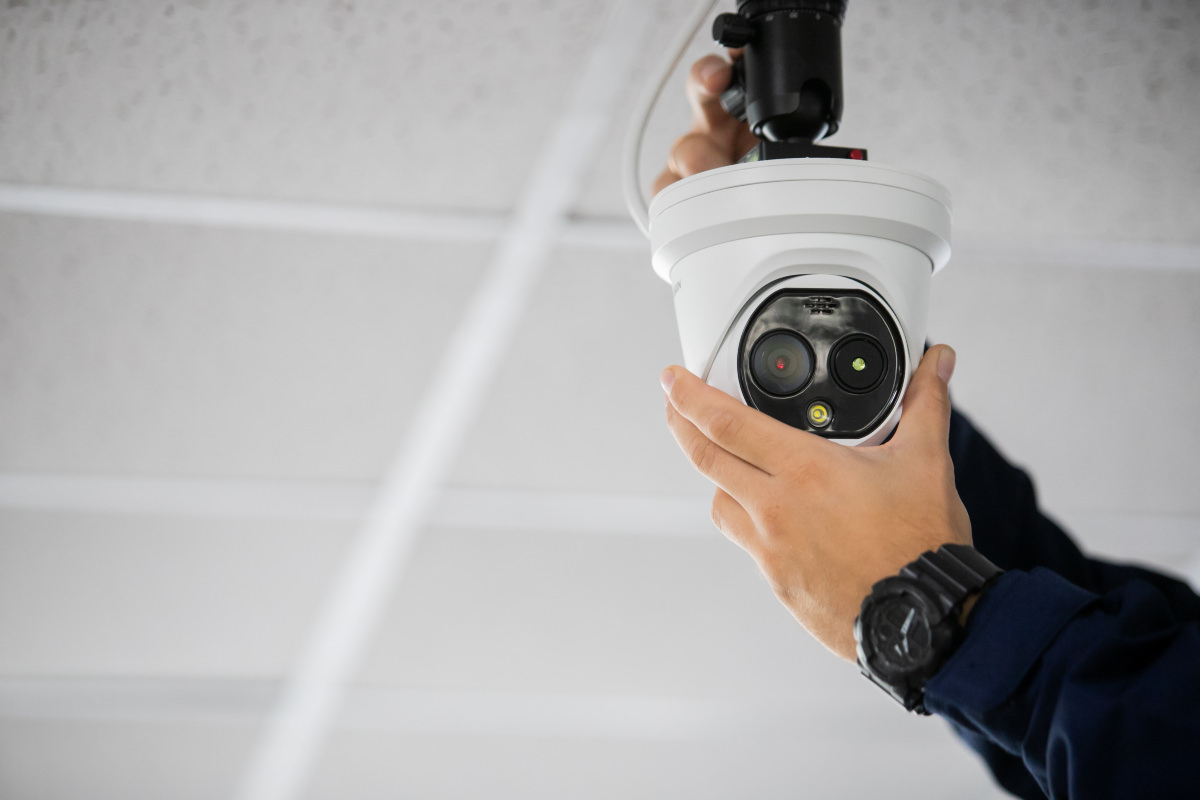
There are so many different CCTV and security cameras on the market that it can be difficult to choose the best one for your needs. First of all, think about the questions you need to ask yourself about your security needs: Do you need pictures that will capture the faces of intruders or visitors? If so, an infra red camera with high-quality output should be considered.
Are you monitoring outdoor areas?
Then, ensure your camera is weather-proof and equipped to handle extreme temperatures. Are you generally monitoring crowds and built-up areas? A Pro box camera is a popular choice for this situation.
Wireless or wired?
Can you easily connect wires to the area where the camera will be installed? Are there any obstacles that would prevent a wireless connection from working successfully? The camera range should be clearly stated on each individual product.
Are there animals in the area being monitored?
In this instance, a motion-activated camera would not be suitable.
What is your budget?
Prices vary enormously depending on the picture quality required and the extra functions built in. There is an option to suit everyone's needs and budget.
Types of cameras: Infrared (IR) security cameras
Ideal for both home and business, their ability to capture high-resolution colour imagery even in poor lighting conditions makes them ideal for overnight security. If you protect outdoor spaces or track visitors to a property, infra red security cameras are a good option as they can be easily weather-proofed for outside installation.
Dome cameras
There are different types of dome cameras, as the name refers to the casing. Classic "smoked" dome cameras have an added advantage, as it is difficult for intruders to tell where the camera is pointing. Even the smoked dome cameras can produce high-quality colour security video footage and can be installed inside or out.
Motion-activated cameras
If you need to isolate the comings and goings of visitors (or intruders), this is a great option saving you the task of wading through hours and hours of security footage. This is ideal, especially for out-of-hours business premises monitoring or adding to your home security. However, this is not an option for rooms or outdoor spaces where animals' movements will trigger too many unnecessary recordings! A cheaper option that is less discreet and produces a lower quality video but is effective for tracking daytime movements. Perfect for people on a budget with a defined area, such as an entrance, to track.
Pan and tilt zoom cameras
Fixed cameras are controlled remotely to take tours of areas being covered. These are the types of cameras mostly used by commercial properties, such as shopping centres, where there is high traffic.
Hidden cameras
These offer you the best level of surveillance of natural behaviour, the main disadvantage being that they often don't have infra red capabilities. The beauty of them is that they truly are hidden, as they can be disguised as smoke alarms, installed behind signs and clocks etc. There are camouflaged concealed night and day cameras available now, despite hidden cameras having a reputation for only being suitable for indoor usage.
Wireless cameras
These work on a local power source, meaning they can be placed anywhere (within reason). The latest digital wireless cameras are a very cost-effective option. Wired cameras are more versatile and tend to be more durable, but if you have an awkward location to monitor, wireless is the solution. Do check that there are no obstacles to the wifi connection.